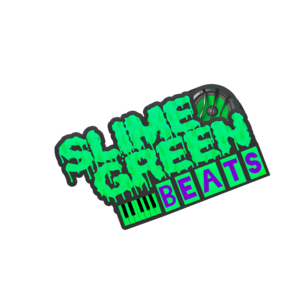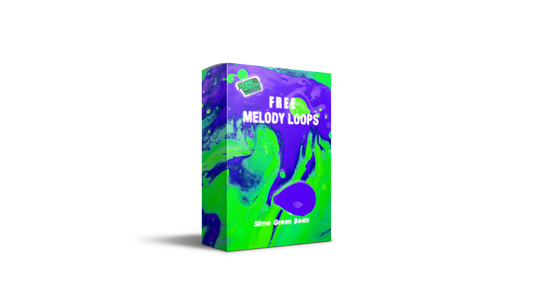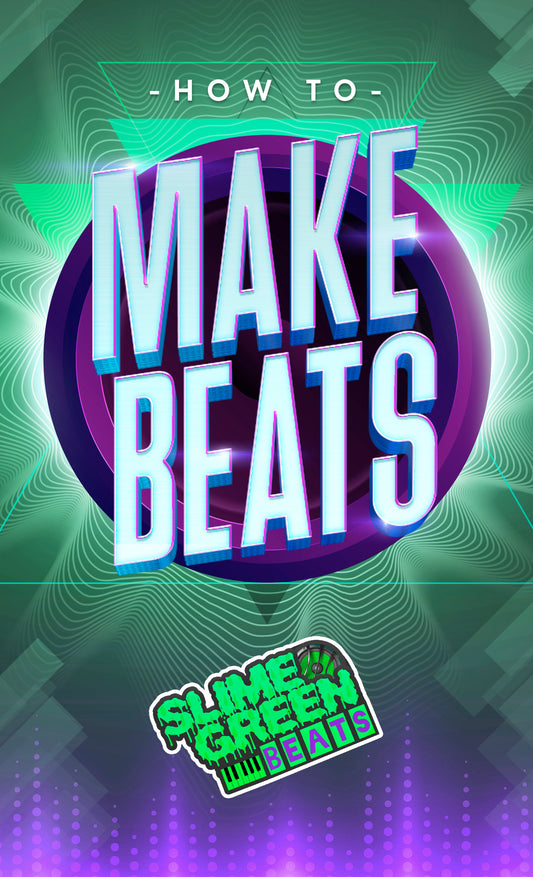If you’re a music producer or enthusiast, you’re likely familiar with the importance of filtering in music production. Filtering helps to shape the tonality of a sound, remove unwanted frequencies, and create a sense of space within a mix. In this blog post, we’ll take a closer look at low pass filtering, a popular technique used to remove high frequencies from a sound, and how to implement it in FL Studio 21.
What is Low Pass Filtering?
Low pass filtering is a technique used to remove high frequencies from a sound. This is accomplished by using a filter that allows frequencies below a certain point to pass through, while blocking frequencies above that point. The point at which the filter begins to roll off and block higher frequencies is called the cutoff frequency. In music production, low pass filtering is commonly used to create a sense of depth and space within a mix, to remove harsh or unwanted high frequencies, and to create a more mellow or warm sound.
Implementing Low Pass Filtering in FL Studio 21:
FL Studio 21 offers several ways to implement low pass filtering, including the use of native plugins, such as the Fruity Filter and the Fruity Love Philter, as well as third-party plugins. Here are the steps to low pass filter a sound using the Fruity Filter plugin in FL Studio 21:
Step 1: Load the Fruity Filter Plugin
To begin, open FL Studio 21 and load the Fruity Filter plugin onto the mixer track where your sound is located. You can do this by selecting the mixer track and clicking on the “+” button at the bottom of the mixer window. Then, select Fruity Filter from the list of plugins.
Step 2: Adjust the Cutoff Frequency
Once the plugin is loaded, adjust the cutoff frequency to determine which frequencies will be allowed to pass through the filter. To do this, click and drag the cutoff frequency knob, located on the right side of the plugin, to the desired frequency. As you adjust the cutoff frequency, you’ll hear the sound become more mellow and less bright.
Step 3: Adjust the Resonance
In addition to adjusting the cutoff frequency, you can also adjust the resonance of the filter. Resonance refers to the emphasis of frequencies near the cutoff point. Increasing the resonance can create a more pronounced effect, while decreasing it can create a more subtle effect. To adjust the resonance, simply click and drag the resonance knob, located to the left of the cutoff frequency knob.
Step 4: Adjust the Filter Type
FL Studio 21 offers several filter types to choose from, including low pass, high pass, band pass, and notch. To select the low pass filter type, click on the filter type dropdown menu, located at the top of the plugin window, and select “low pass.” You can experiment with the other filter types to achieve different effects.
Step 5: Adjust the Filter Envelope
In addition to adjusting the cutoff frequency, resonance, and filter type, you can also adjust the filter envelope. The filter envelope controls how the filter opens and closes over time, creating dynamic effects. To adjust the filter envelope, click on the envelope tab, located at the top of the plugin window, and adjust the attack, decay, sustain, and release parameters.
Step 6: Mix and Blend
Once you’ve adjusted the low pass filter to your desired effect, it’s time to blend it into your mix. Adjust the volume and panning of the filtered sound to create a sense of space and balance within your mix. You can also experiment with layering multiple filtered sounds to create more complex textures.
Other Ways to Implement Low Pass Filtering in FL Studio 21:
In addition to using the Fruity Filter plugin, there are several other ways to implement low pass filtering in FL Studio 21. Here are a few additional techniques to consider:
-
Fruity Love Philter: The Fruity Love Philter is another native plugin in FL Studio 21 that can be used for low pass filtering. This plugin offers more advanced features than the Fruity Filter, including a built-in EQ and modulation capabilities. To use the Fruity Love Philter for low pass filtering, simply load the plugin onto the mixer track and select the low pass filter type.
-
EQ An EQ (equalizer) is another tool that can be used for low pass filtering. In FL Studio 21, the Fruity Parametric EQ and Fruity PEQ2 plugins can be used for this purpose. To implement low pass filtering with an EQ, simply adjust the high frequency band to reduce the high frequencies of the sound.
-
Third-Party Plugins FL Studio 21 supports the use of third-party plugins, including those designed specifically for filtering. Some popular third-party filter plugins include FabFilter Pro-Q3, iZotope Ozone, and Waves SSL E-Channel. These plugins offer a wider range of features and capabilities than the native FL Studio plugins, but may come at a higher cost.
Tips for Low Pass Filtering in FL Studio 21:
Now that you know how to implement low pass filtering in FL Studio 21, here are a few tips to keep in mind:
-
Use low pass filtering sparingly. While low pass filtering can be an effective way to shape the tonality of a sound, overuse can lead to a dull or muffled sound.
-
Experiment with different filter types. While the low pass filter is the most commonly used filter type for low pass filtering, don’t be afraid to experiment with other filter types to achieve different effects.
-
Consider layering filtered sounds. Layering multiple filtered sounds can create more complex textures and add depth to your mix.
-
Use automation for dynamic effects. Automating the cutoff frequency and resonance over time can create dynamic effects that add interest and movement to your mix.
Conclusion:
Low pass filtering is a powerful technique for shaping the tonality of a sound and creating a sense of space within a mix. In FL Studio 21, low pass filtering can be implemented using native plugins like the Fruity Filter and Fruity Love Philter, as well as third-party plugins. By following the steps outlined in this blog post and experimenting with different techniques and tools, you can achieve the perfect low pass filtered sound for your next music production project.
Click here if you need high-quality beats!








